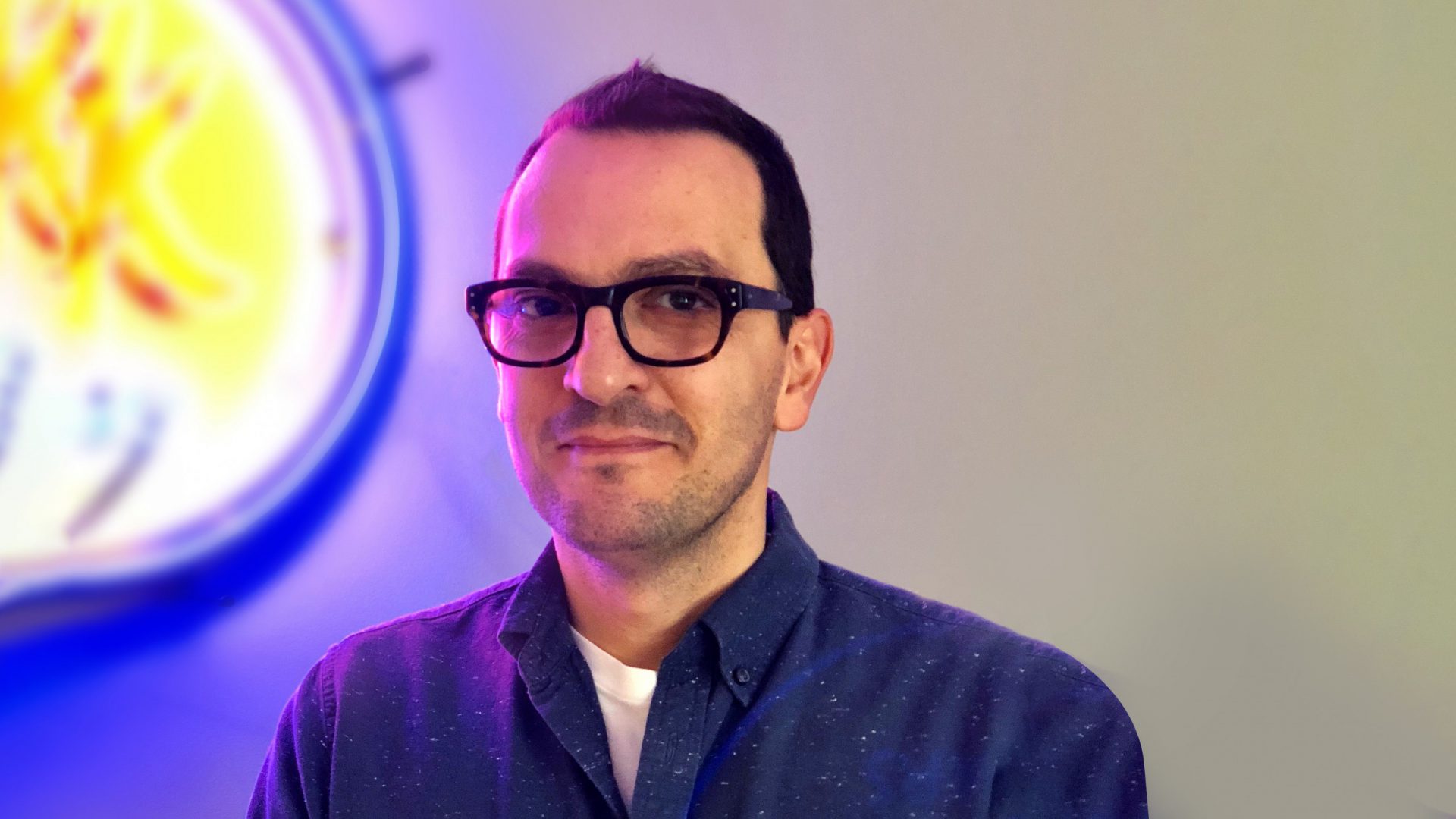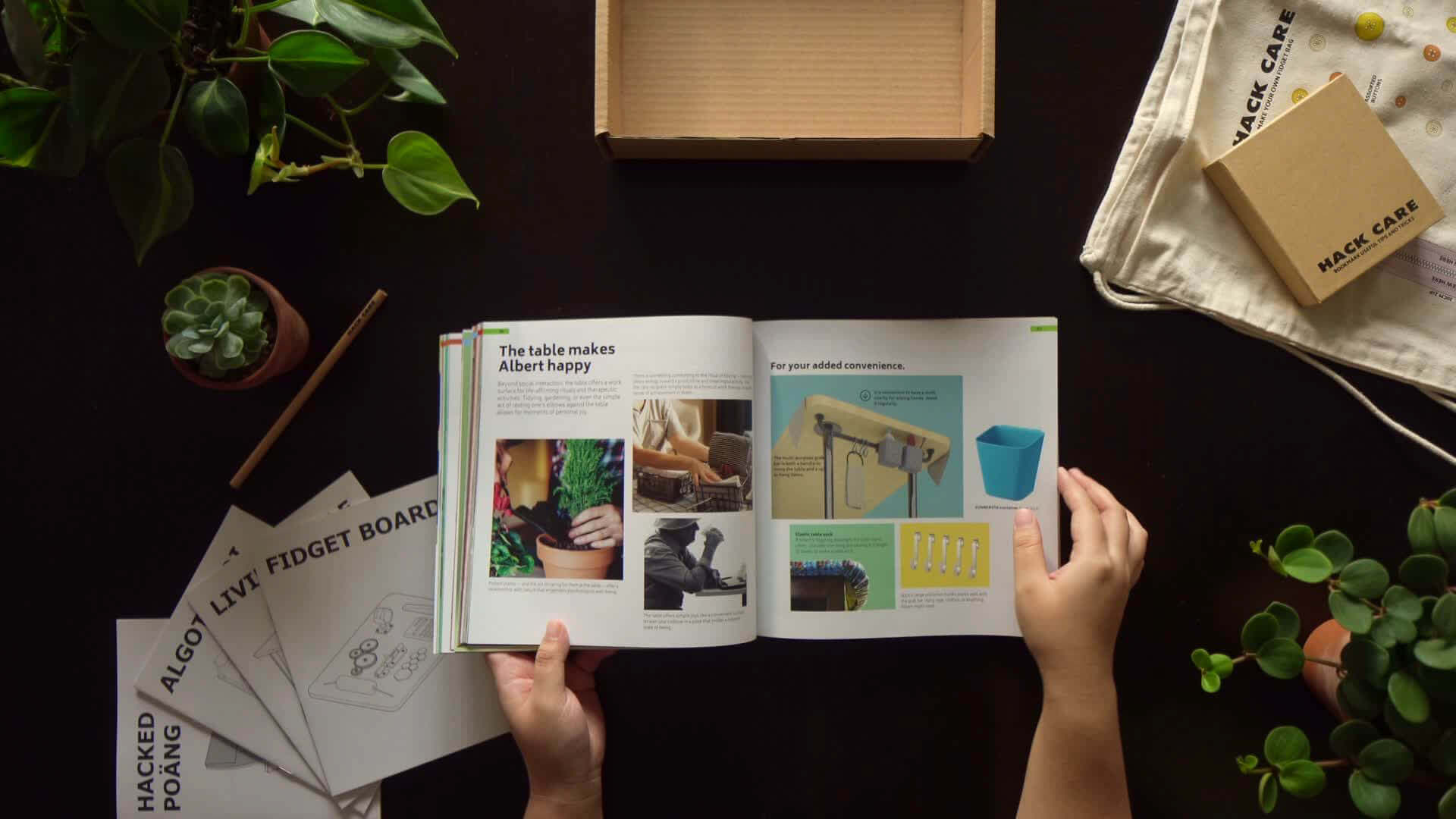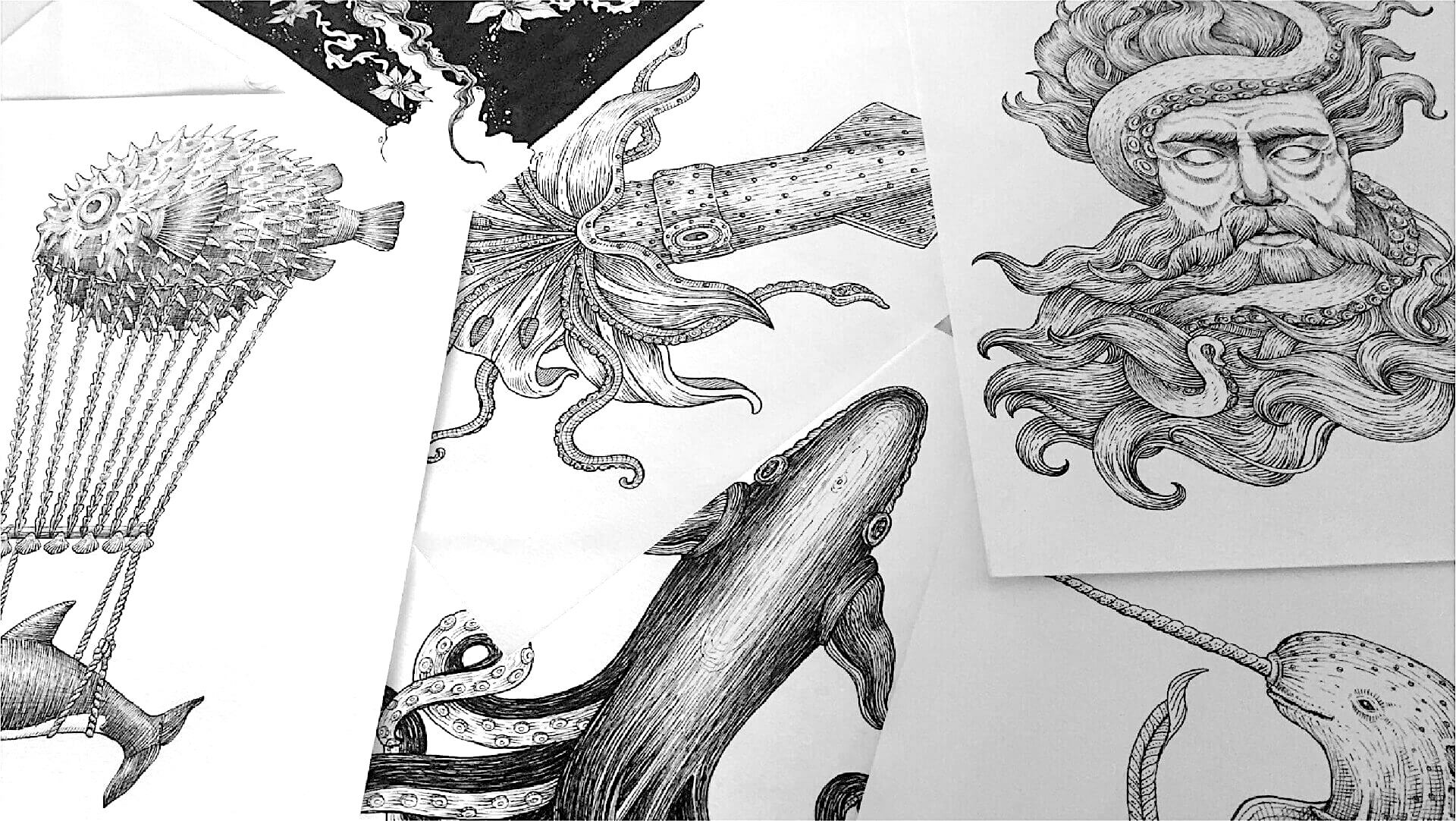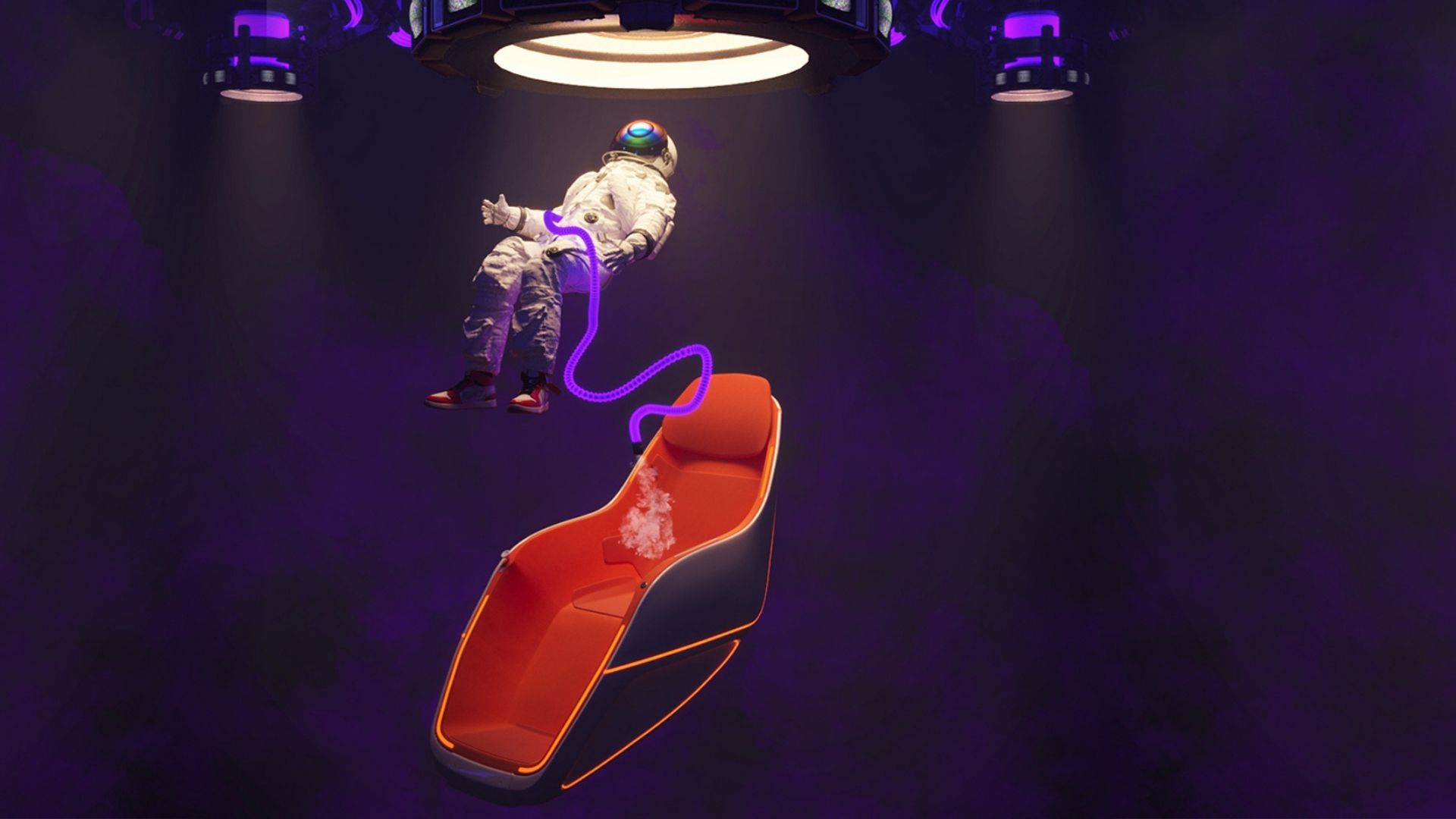Design for media: conversation with Al Lucca, VP of Design at Axios
One of the roles design & designers have is the one to build bridges between disciplines and expertise. That set of invisible connections, rules, and protocols is always an outcome of design, hidden but tangible

In the past 15 years, we changed a lot the way we consume pieces of information, literally transforming the way we report the news or tell stories. This is why, nowadays, design for media is a fundamental discipline for many designers.
News today is more accessible to be consumed in many different ways, and we use a different approach to evaluate what we get: swipe up and get the point; play and get entertained; click, be informed and share, and much more.
In the past years, we have seen a fade from what we can call the “attention economy” where the time spent on a website, in an article online or in a video, was the primary goal and metric to measure success rather than value delivered.
And with this progressive change, not only changed how we tell stories but also how we “wrap them” to be consumed. From long articles, time-consuming and centralized in one place to short and fragmented media assets, spread in an ecosystem of touch-points with different consumption formats.
And if this wasn’t enough, now platforms, communities, local, state, and governments are creating a complex patchwork of regulation, asking to design content to match all these requirements.
Recently, Quibi, a LA startup announced as the Neflix rival, raised $1.75billion to deliver short format content. The day it launched, the Quibi app rose to n.3 in Apple’s App Store, but by mid-June, it was n.284 with a lack of design perspective to bridge content and how the audience consumes media correctly

I had a conversation with Al Lucca, VP of Design at Axios (former Head of Design at Viacom), about the role design in the news & media and his unexpected professional journey in this industry.
Dispart the fact there are not schools today that can really prepare you in this fast-changing context and always evolving type of job, Al shares with me how much relevant a design perspective is it.
In particular, the capacity to help large organizations systemize their digital ecosystems is fundamental not only to grow and react quickly to the change of the audience’s needs but also to innovate.
Of course, we are not only talking about design from an aesthetic point of view but also as design as strategy, design operations, and design culture necessary to become a facilitator rather than merely an executor.
Al remarked how much different the day-by-day activities are if you work in a large organization such as Viacom, where each brand has its dedicated team or work for “startups” such as Axios with a more lean-approach.

And to be clear, Axios is an increasingly relevant brand in the international media landscape. If the work is slightly different, the pressure to make the right choices is equal to the stress that can be found in a consolidated organization.
I asked Al many questions, but one brings my attention: the relationship between the design practice and the newsroom. In the past years, I have seen a lot of media companies shape teams where designers, strategists, and storytellers sit all together in the way to close better and faster the loop and maximize the consumption of the content through the digital ecosystem.
I assumed Axios approached this method and I imagine a very close relationship between designers and the newsroom, but what Al told me was very different:

“No, the newsroom is essential, stay independent, and focused on which part of the story we want to share. However, design and the newsroom have at prior establish principles in the way we tell stories and how we want to distribute value through those stories.”
Today, in a world where we are overloaded with information, where time is precious, and always more a new form of currency, establishing trust with the audience is more critical than how much time they spend with you.
Trust is a value. A value becomes tangible not only through the true story you share but also through precise alignment of what, how, and why you do what you do.
And a designer has an evident role in facilitating and establishing and system to achieve it.
Article by Mirco Pasqualini






